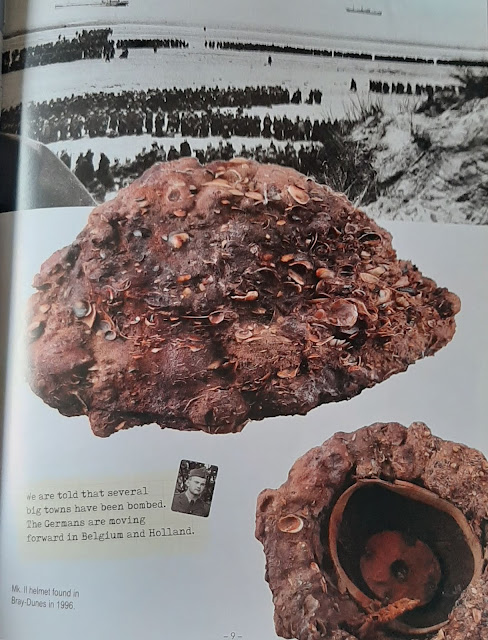The explaining the actions of opposing forces across the vast expanse of the Eastern Front is not an easy task, but The Reckoning strikes a good balance - utilising first hand accounts from both sides to illustrate the detailed descriptions of the defensive and offensive actions across the Ukraine and Romania. While the first hand accounts add a great deal, and are often translations from German or Russian sources, it is also clear that memoirs of the Eastern Front are not as prolific as those of the Western Allies, and as such there are sections which rely more on descriptions of unit movements interspersed without a personal touch. But this is a minor issue, as Buttar has created another great book which fills a gap in the history of the Eastern Front.
The book is a hefty 496 pages and has limited illustrations, but each chapter features numerous maps which help to tell the story. The chapter notes are extensive and the bibliogrpahy stretches to five pages, which tells you everything you need to know about the depth of research that has gone into this book.
Table of contents:
- The Protagonists
- The Kirovograd Encirclement
- Watutin and the Cherkassy-Korsun Encirclement
- Another Stalingrad
- Mud, Snow and Hill 239
- Kamanets-Podolski: The Encirclement of First Panzer Army
- Malinovsky's Offensive
- The Wandering Pocket
- The Crimean Peninsula
- The End of the Leash
- Preparing for Summer
- The Lviv-Sandomierz Operation
- The Disintegrating Axis
- The Approaching Endgame
Many thanks to Osprey for the review copy.
Available from:
Osprey Publishing



















